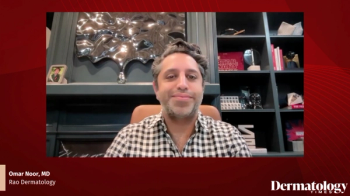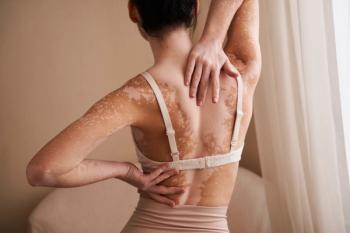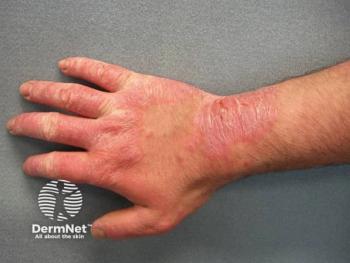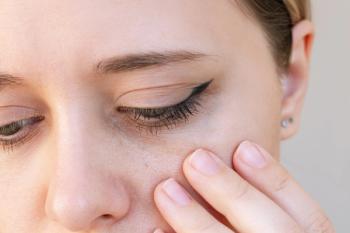
Addressing Diagnostic Ambiguity and Expanding Therapeutic Options in CHE
Raj Chovatiya, MD, PhD, MSCI, discusses his approach to diagnosing and treating chronic hand eczema.
“Chronic hand eczema can be a tricky diagnosis and a tricky thing to treat, in part because we don't always agree on what the diagnosis is. As long as you've had multiple bouts of eczema on your hands in one year, or a particular symptom of patterns that have been going on for at least 3 months, you really fit the bill for chronic hand eczema,” said Raj Chovatiya, MD, PhD, MSCI, in an interview with Dermatology Times.
Chovatiya, a board-certified dermatologist and clinical associate professor at Rosalind Franklin University Chicago Medical School, founder and director of the Center for Medical Dermatology and Immunology Research in Chicago, and a Dermatology Times Editorial Advisory Board member, recently discussed his approach to diagnosing and treating chronic hand eczema (CHE).
CHE is a heterogeneous skin condition characterized mainly by 3 main etiologies: irritant contact dermatitis, allergic contact dermatitis, and atopic hand eczema. Each etiology has its own unique immune signature, and the condition can be overall difficult to treat, particularly in moderate to severe cases.1
As Chovatiya noted, CHE can be difficult to diagnose due to the 3 etiologies not always predicting the way the condition will present on the hands. Generally, CHE can be defined by recurrent episodes of hand eczema over the span of a year or a persistent pattern lasting at least 3 months, according to Chovatiya.
He also noted that clinicians frequently face uncertainty about whether to treat CHE as contact dermatitis, atopic dermatitis, or a combination, and how extensively to pursue diagnostics. Chovatiya’s approach recommends starting with foundational strategies: barrier care with emollients, trigger avoidance, and limiting wet-to-dry exposure.
For initial pharmacologic treatment, topical corticosteroids or calcineurin inhibitors are appropriate. If patients show insufficient response after a few weeks of consistent use, escalation should be considered. Chovatiya anticipates delgocitinib, a topical pan-JAK inhibitor, will be a valuable next-line therapeutic given its ability to target multiple inflammatory pathways involved in CHE.
Regarding diagnostics, Chovatiya supports a selective approach to patch testing, particularly for patients with occupational exposures, refractory disease, or unclear clinical patterns. However, he cautioned against withholding treatment while awaiting diagnostic results.
In refractory cases, advanced therapies such as systemic immunosuppressants, phototherapy, or oral retinoids (e.g., alitretinoin, outside the US) may be warranted. While clinicians often turn to atopic dermatitis treatments such as biologics and oral JAK inhibitors, their efficacy in CHE is variable, demonstrating the need for therapies specifically approved for CHE.
To learn more about CHE and atopic dermatitis from Dr Chovatiya,
Reference
- Dubin C, Del Duca E, Guttman-Yassky E. Drugs for the treatment of chronic hand eczema: successes and key challenges. Ther Clin Risk Manag. 2020 Dec 31;16:1319-1332. doi: 10.2147/TCRM.S292504
Newsletter
Like what you’re reading? Subscribe to Dermatology Times for weekly updates on therapies, innovations, and real-world practice tips.



















